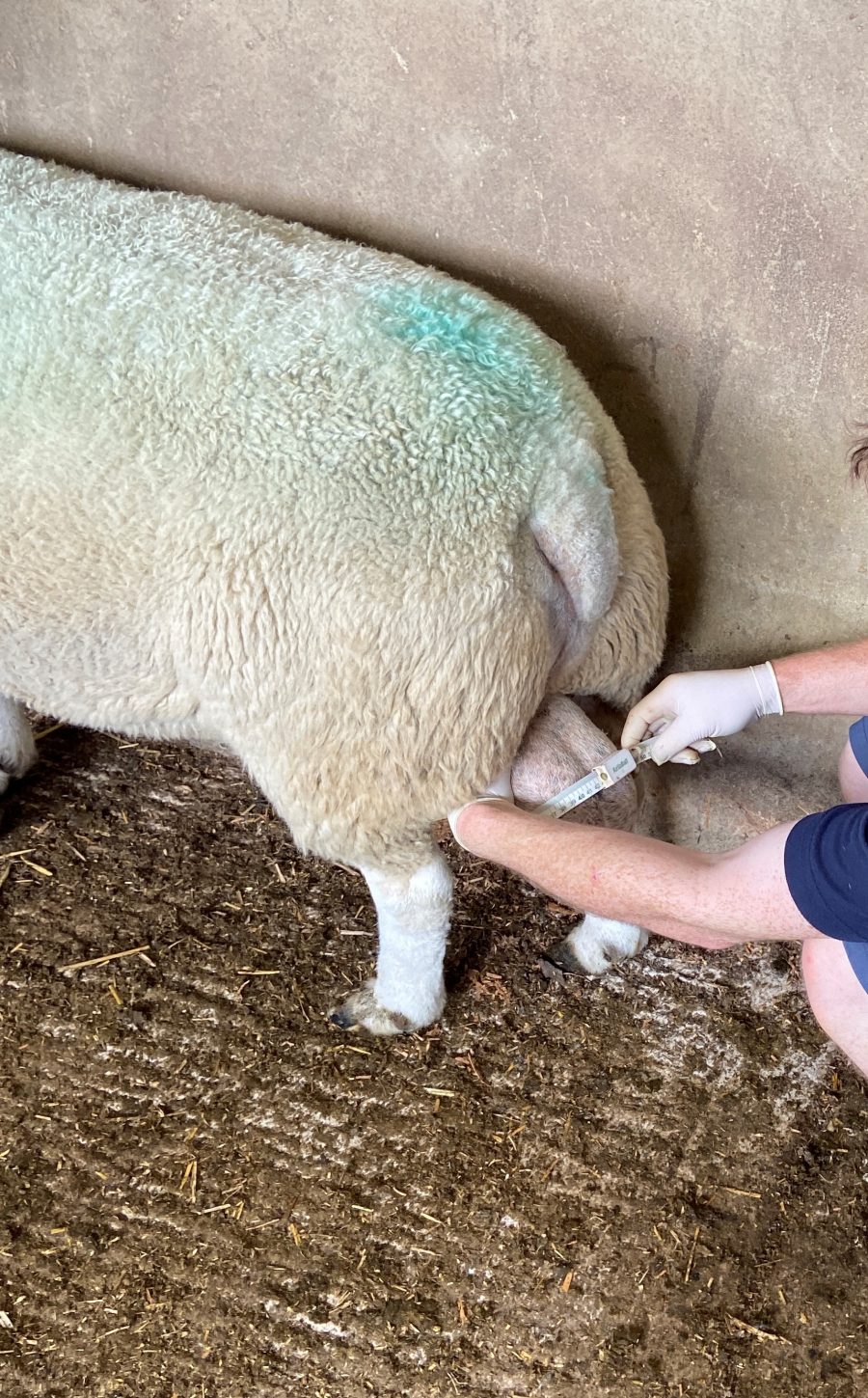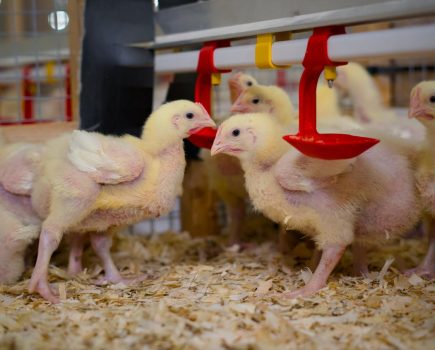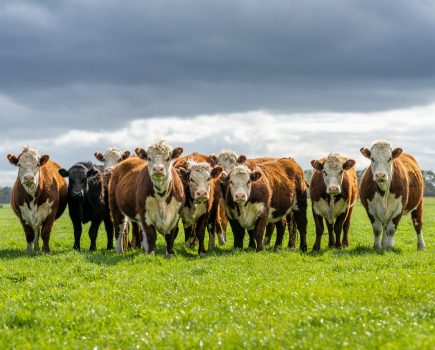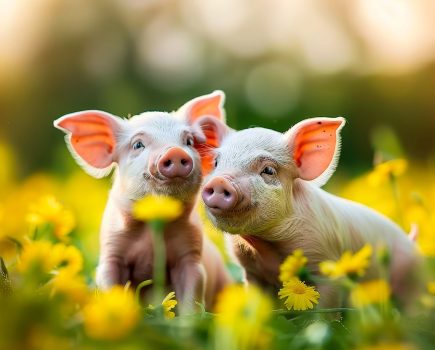It may seem like you have only finished lambing, but it is important to plan ahead so that your tups are in fine working order to get your ewes in lamb, writes Dr Megan Harman BSc BVetMed MRCVS, Veterinary Surgeon. Beginning preparations six to 10 weeks before tupping gives you enough time before mating for any conditions to be treated or replacements to be sourced.
You might ask why so long? A tup working today is using sperm produced roughly six weeks ago. If he had been unwell at that time, it would likely have had negative effects on the quality of sperm produced, and negative effects on fertility means fewer ewes in lamb. Some examples that are known to affect ram fertility are stress, infections, lameness, high temperatures, poor nutrition poor and body condition. Ideally a pre-breeding examination should be carried out 10 weeks before mating, paying particular attention to the five Ts:
1. Teeth – they need these to maintain feed intake during a busy tupping time
2. Toes – important to have no lameness as they will need to walk around fields to find ewes to mate (a lame ram is a useless ram)
3. Testicles – these need to be a good size, even, smooth and free of lumps and bumps (see Figure 2- measuring testicle circumference)
4. Tone – body condition score (BCS)- he will likely lose weight in the next six weeks
5. Treat – reminder to give vaccine boosters, worming treatment, trace element boluses, footbath etc
By extrapolating from bulls, if you carry out these basic checks you should detect around 50% of sub-fertile animals. The other 50% will have no detectable physical abnormality and their sub-fertility will only be detectable on semen evaluation.
Semen evaluation must be carried out by a vet and a sample is obtained using electro-ejaculation. This is a simple, safe and relatively stress-free procedure. Once a sample is obtained, a detailed examination is carried out under a microscope, looking at things such as the sperms’ ability to move, the numbers of live and dead sperm and any defects that would render them unable to produce viable lambs.
If you are buying in new rams, a thorough MOT should be completed before purchase (see above). Allowing enough time for the rams to acclimatise to their new environment, there should be a quarantine period of at least three weeks; consider screening for iceberg diseases such as Border disease, CLA, Johnes and MV.
Speak to your local vet for testing information and don’t forget to include rams in your clostridial vaccination programme!
Don’t forget the ewes. They also need an MOT prior to tupping. Ideally, they will need six to eight weeks from weaning to tupping to put condition back on and recover from infections such as mastitis or lameness before they are fit for the next breeding season. Check the udder for hard lumps, abscesses or damaged teats and administer any vaccinations against abortions as these should be given at least four weeks prior to tupping.
Closer to tupping you will need to be moving the rams into paddocks closer to the ewes so that they can start seeing and smelling one another. The ‘ram effect’ is a very powerful way to encourage the ewes to start cycling regularly as they come into season. This is when some farmers use teaser rams; these are vasectomised rams that maintain all male characteristics but are unable to get ewes in lamb.
Using teaser rams helps to tighten the lambing period and encourage ewes to come into season one to two weeks earlier than normal. It can also help stimulate maiden ewes to start cycling prior to tupping. Ideally you would be selecting shearlings that are fit and healthy with good feet, a high libido and health status to match the flock. A teaser ram will need to be prepared at least six weeks before tupping to ensure he is not fertile before being introduced to the ewes! The procedure is performed under sedation; please ask your vet for more information.
Teasers are sometimes used alongside progesterone sponges through ewe synchronisation. This can promote a much tighter lambing period by serving the ewes at the very start of their season. Sheep are seasonal breeders and so oestrus begins when daylight hours start to decrease in the autumn.
Oestrus can be induced ‘out of season’ by using progestogen impregnated sponges. Sponges are inserted and then removed 12 to 16 days later, along with an injection of PMSG. When the sponges are removed, the sheep come into oestrus at the same time within a few days of sponge removal, leading to a compact lambing that can ease flock management.
Both the progestogen sponges and PMSG are prescription-only medicines so make sure you speak to your vet in advance to order them.









